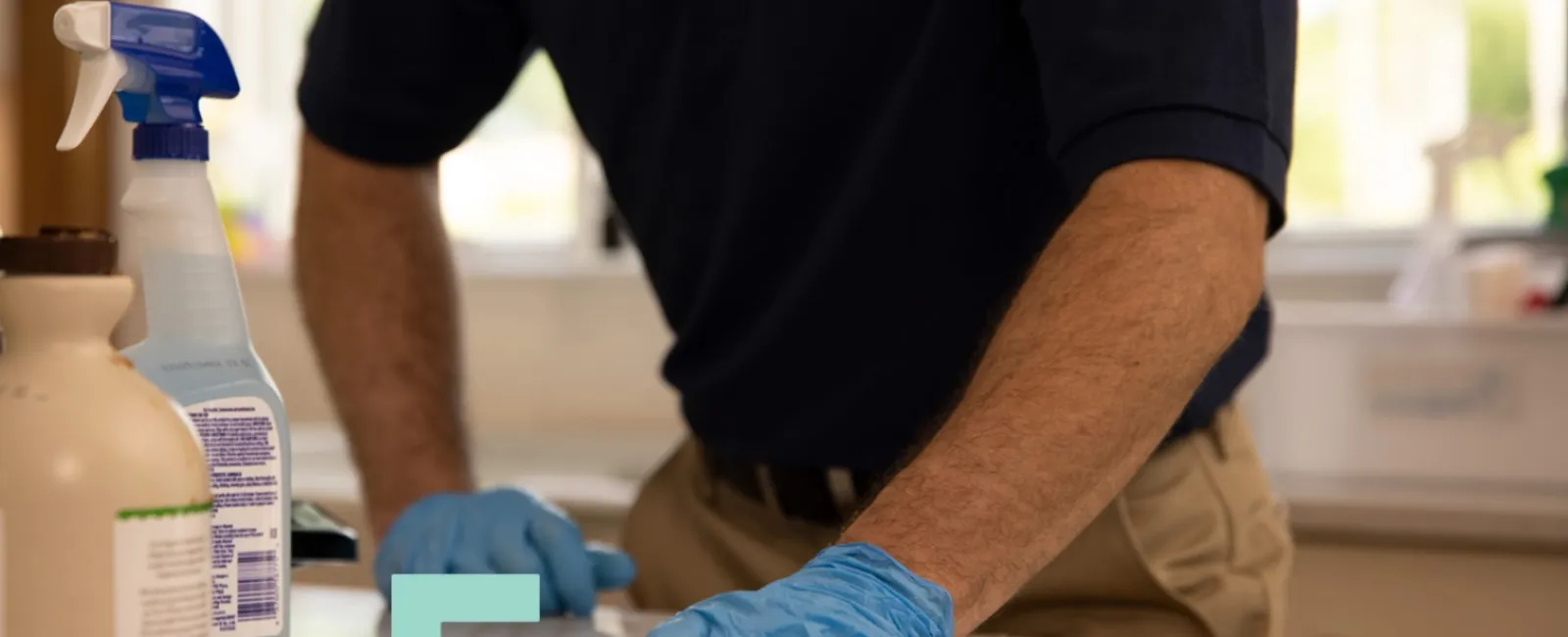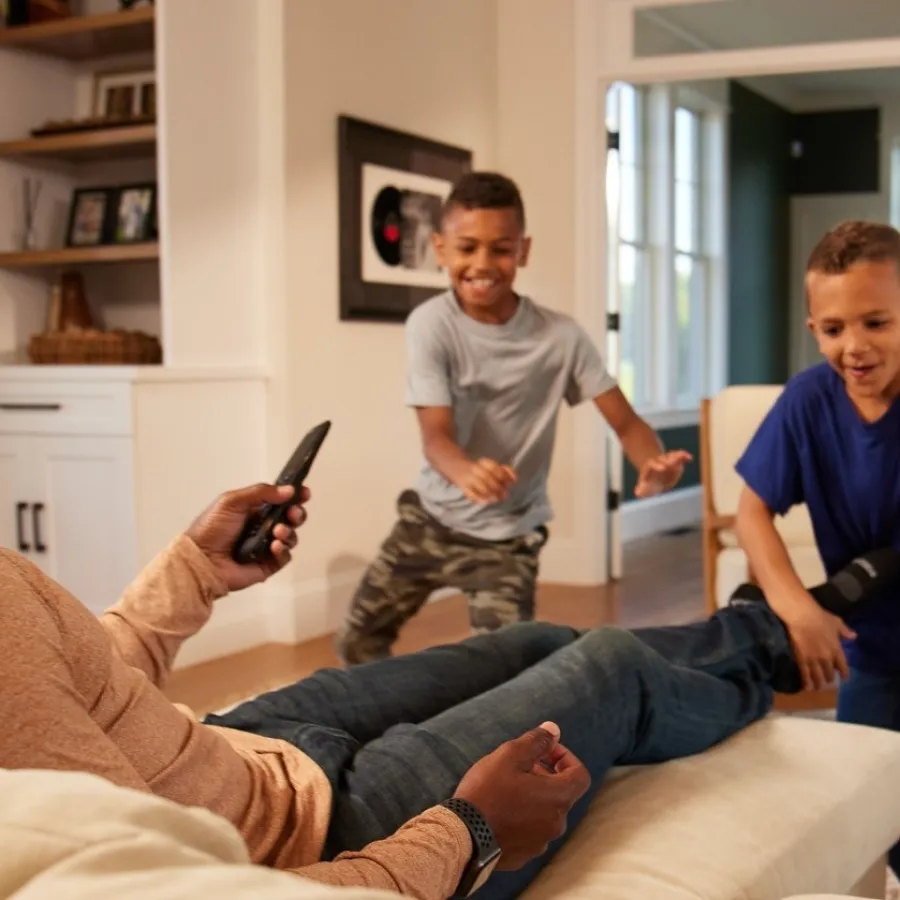
Physically-distancing humans might need to forego professional grooming for some time to come, but, after 4-6 weeks of shelter-in-place, your doggo likely needs you to step up and give him or her a good bath.
Sadly, most dogs are not huge fans of bath time. The good news is that most breeds can get away with bathing only once a month or so. More frequent baths may be needed for oilier (read, stinkier) coats such as beagles, basset, and other types of hounds. You can lower the frequency for short hairs, northern breeds with thick coats, and for dogs that are just naturally hygienic and good about cleaning themselves. Other potential reasons for more frequent dog bathing include allergies (theirs OR yours), susceptibility to skin infections, behaviors such as muck rolling or swimming, and lots of scratching and licking, which can signify clogged pores.
Once you’ve decided on the optimum bathing frequency for your fur baby, here is a 10-step plan for getting it done with the least amount of grief.
- Pick your spot. Smaller dogs can be bathed in a sink or deep plastic tub, while larger dogs will need a human tub or shower. And, while it might be tempting to take the job outside, dogs dislike cold hose water as much as humans do, so stick to a place with access to warm water.
- Gather ALL the tools. You will need:
-
- A dog brush.
- Plenty of clean, dry towels.
- Dog shampoo — note, even baby shampoo is the wrong pH for a dog’s skin, so avoid using any type of human shampoo, dish soap, or other cleaners you might have on hand, no matter how gentle.
- Some cotton or cotton balls to tuck into and keep your pupper’s ear canals nice and dry (if he or she will allow it).
- Treats — use regular training treats to coax the pup into the tub but have something extra special on hand as a reward when the ordeal is done. For rambunctious bathers, consider purchasing a lick pad to which you can add peanut butter as a distraction while you do the sudsing and rinsing.
- A nonslip mat as dogs feel especially anxious when not sure footed.
- A way to block dog hair from clogging the drain, such as a bit of old screen or steel wool.
- A handheld rinsing attachment, which will also help to minimize Fido’s anxiety.
- Brush. Brush your dog thoroughly before bathing. This removes mattes and loose hair that can muck up and block the shampoo from doing its work. It also minimizes the amount of dog hair you’ll need to clean later from tub or sink.
- Acclimate. If you have never bathed your dog before, practice getting them in and out of a dry tub before trying it with a full load of water.
- Fill tub with lukewarm water. Running water often frightens dogs, so best to fill the tub before bringing them near it.
- Soak and suds. Using your hands or a small cup thoroughly soak the dog’s fur from the neck down; be super careful to keep both eyes and ears as dry as you can. Then, starting at the neck and working your way down toward tail and paws, suds up with plenty of dog shampoo, talking calmly and reassuringly as you work. Once finished sudsing, pull the plug and drain the tub completely before rinsing.
- To express or not to express? Some dogs need help expressing their anal glands, which excrete a smelly fluid that enables them to mark territory. Butt dragging on the ground is a sure sign the glands are becoming clogged, which can lead to painful impaction. Both professional groomers and vets will usually take care of this for you, but if access to those pros is an issue right now, you can do it yourself safely. Be sure to research online for the safest, most comfortable techniques. If you do need to express a dog’s anal glands, the time to do it is after draining the tub, but before rinsing the animal.
- Rinse, rinse, rinse. As with any cleaning job, leave no residue behind, as this guards against drying and flaking skin.
- Towel dry. With doggo still in the tub, drape a large towel over his or her back and blot up as much moisture as you can. Repeat with a second dry towel and possibly even a third. Then get ready for the inevitable shake before removing the dog from the tub. Air drying the rest of the way is best, though some dogs will tolerate blow drying (cool, low-air setting only).
- Reward (and get ready for some zoomies). Even if your dog was not all that well behaved in the tub, reward him or her with a special treat — preferably something that takes a bit of time to consume. This creates a positive association that might make bath time less of an ordeal going forward. Know also that it is fairly common for dogs to get a case of the zoomies following a bath; just let it happen as they are simply expressing relief or joy that bath time is over.
- Air dry inside. Whatever you do, DO NOT let your nice clean dog outside before he or she is completely dry. While humans love scented shampoos, dogs just think they smell weird, and they will head straight for the nearest patch of muck for a good roll to get that “bad” smell off them.
Now, relax, chuck a ball or squeak toy, and enjoy that nice clean fur baby for as long as it lasts!

